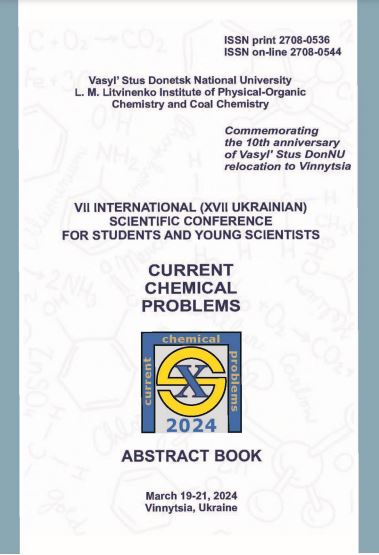Extraction of biologically active compounds from St. John’s wort
Abstract
St. John's wort (SJW), scientifically known as Hypericum ramosissimum, is a sprawling, leafy herb that thrives in open areas across various temperate regions globally.
Contemporary research underscores the herb's efficacy in treating a spectrum of diseases, encompassing cancer, inflammatory disorders, bacterial and viral infections, as well as its role as an antioxidant and neuroprotective agent. The herb produces numerous biologically active compounds, the most pronounced medicinal activity being shown by hypericin (naphthodianthrone) and hyperforin (lipophilic phloroglucinol). Other compounds, like the flavonoids rutin, quercetin, and kaempferol, also contribute to its medicinal properties. Extraction and identification of plant materials play a key role in drug development and quality control. In addition, detailed study of plants helps in understanding the toxic effects on human health and the environment.

